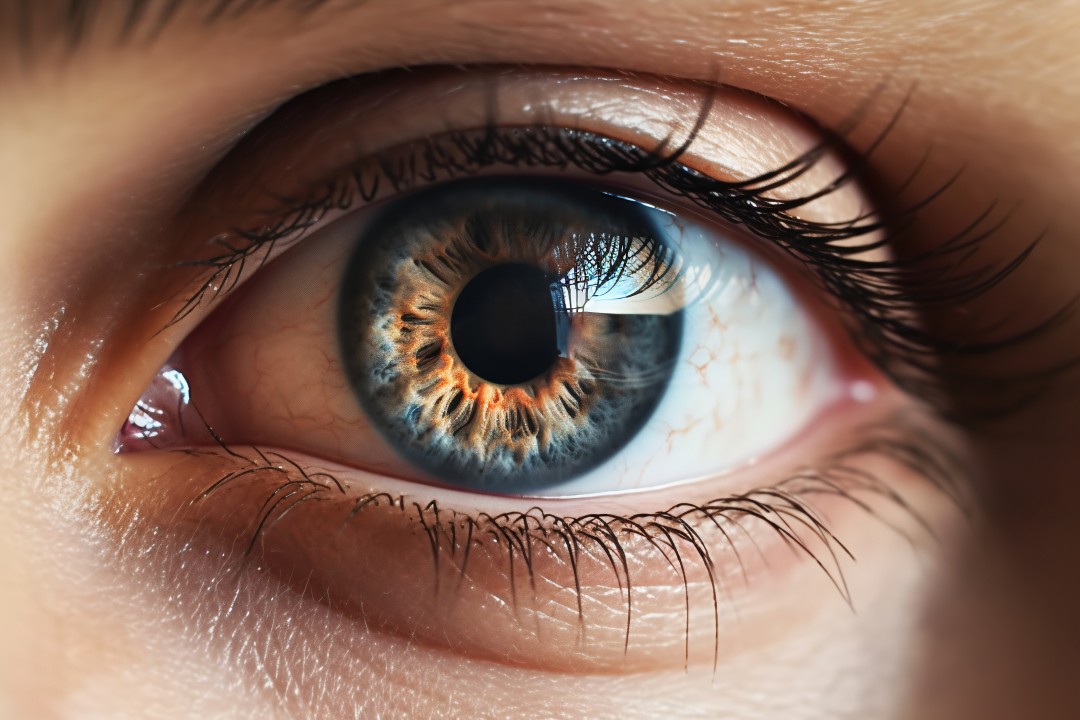After years of repression, it’s beginning to feel like party time for eye-tracking technology. Before we explore how eye-tracking is poised for a breakout, let’s take a step back and consider what eye-tracking technology really is and how far it has come.
Introduction
Eye-tracking technology refers to devices that track the movement of the eyes and measure characteristics such as gaze direction, fixation points, blink rate, and pupil dilation. This technology has been around for over a century, with the first attempts to measure eye movements taking place in the late 1800s. Back over a century ago, Edmund Huey built a device which could track eye movement during the reading process. This first eye tracker was very intrusive as readers had to wear a type of contact lens with a small hole for the pupil.
Advancements & Current Applications
Modern eye trackers allow for non-intrusive tracking by utilizing image processing to track the eyes by detecting features like the pupil, corneal reflection, and iris.
Over the past two decades, eye-tracking technology has become smaller, more accurate and affordable. Applications have expanded from specialized fields like assistive communication, medical devices, and medical research into broader uses in human computer interaction, marketing research and more.
This incredible sensor delivers objective markers and is a highly sensitive measure of a person’s state, encompassing attention, health, and performance.
Ubiquitous Deployment
With eye-tracking hardware becoming micro-sized and affordable, it is now capable of being deployed in almost any environment. This includes VR/AR headsets, PCs, computer monitors, phones and tablets, automobiles and cockpits, and more. Even webcams, which became ubiquitous during the pandemic, can be turned into eye-tracking sensors.
Update: Apple has announced new eye-tracking features for iPhones and iPads.
Eye-tracking sensors will soon be everywhere that individuals go during daily life – not just limited to a doctor’s office or a lab.
Cutting-Edge Value Creation
Eye-tracking becoming ubiquitous opens enormous opportunities to increase the value these sensors can provide. Some examples include:
Predicting user states
Eye-tracking models can predict ahead of time when people may experience issues like fatigue, motion sickness, and cognitive overload. Knowing this information ahead of time allows for real-time interventions/corrective actions to prevent symptoms from occurring in the first place.
Reading comprehension
Eye-tracking can identify in real-time if a student is comprehending material they are reading, based on their eye movements and focus. Instant feedback can then prompt the student to re-read passages they did not fully understand, improving learning and comprehension.
Solving Eye-Tracking’s Incompatibility Issue
Eye-trackers are not all the same – and currently there is no way to normalize the data output across differing eye-tracking sensors.
This lack of standardization among eye-tracking sensors makes it difficult to develop applications that work across different hardware as it requires constant revalidation for each eye-tracking sensor and even updates to existing sensors.
This is a blocker for the developer community and thus limits the broad deployment of eye-tracking based applications and use cases.
Eye-tracking interoperability
A new solution is needed to create universal compatibility for all eye-tracking sensors and normalize the data output. This eliminates the need to constantly re-test and re-verify models and functionality for each sensor.
HarmonEyes Is Now Delivering AI-Driven Eye-Tracking Solutions
HarmonEyes is uniquely positioned to bring the benefits of eye-tracking to the masses by overcoming past barriers. Our parent company, RightEye, spent over a decade building the necessary datasets, algorithms, and expertise to power accurate AI-driven eye-tracking solutions.
RightEye has assembled the world’s largest eye-tracking dataset, with nearly 11 million unique records across diverse demographics and over 130 user states. This massive dataset trains our machine learning and AI models to achieve unparalleled accuracy in modeling human user states, visual behavior, and attention. This dataset is also available for others to train their own models.
Our eye-tracking data analytics platform includes a full pipeline for developing eye-tracking solutions, from raw signal analysis to feature generation to real time model output. We utilize advanced techniques like machine learning, AI, and deep learning to generate optimized models for each specific use case.
To deploy our solutions, we’ve engineered a lightweight SDK that can reside at the edge without requiring cloud connectivity. This allows for real-time eye-tracking analysis and output with minimal compute and battery drain.
Our commitment to privacy means we never record, collect, or store personal user data. The AI models run locally to generate insights without transmitting sensitive eye-tracking data externally.
With over a decade of focused effort, HarmonEyes is now ready to deliver highly valuable, accurate and affordable eye-tracking solutions to the masses.
This eye-tracking party is just getting started!
Adam Gross
CEO, HarmonEyes (a RightEye division)
adam@harmoneyes.com
www.harmoneyes.com
